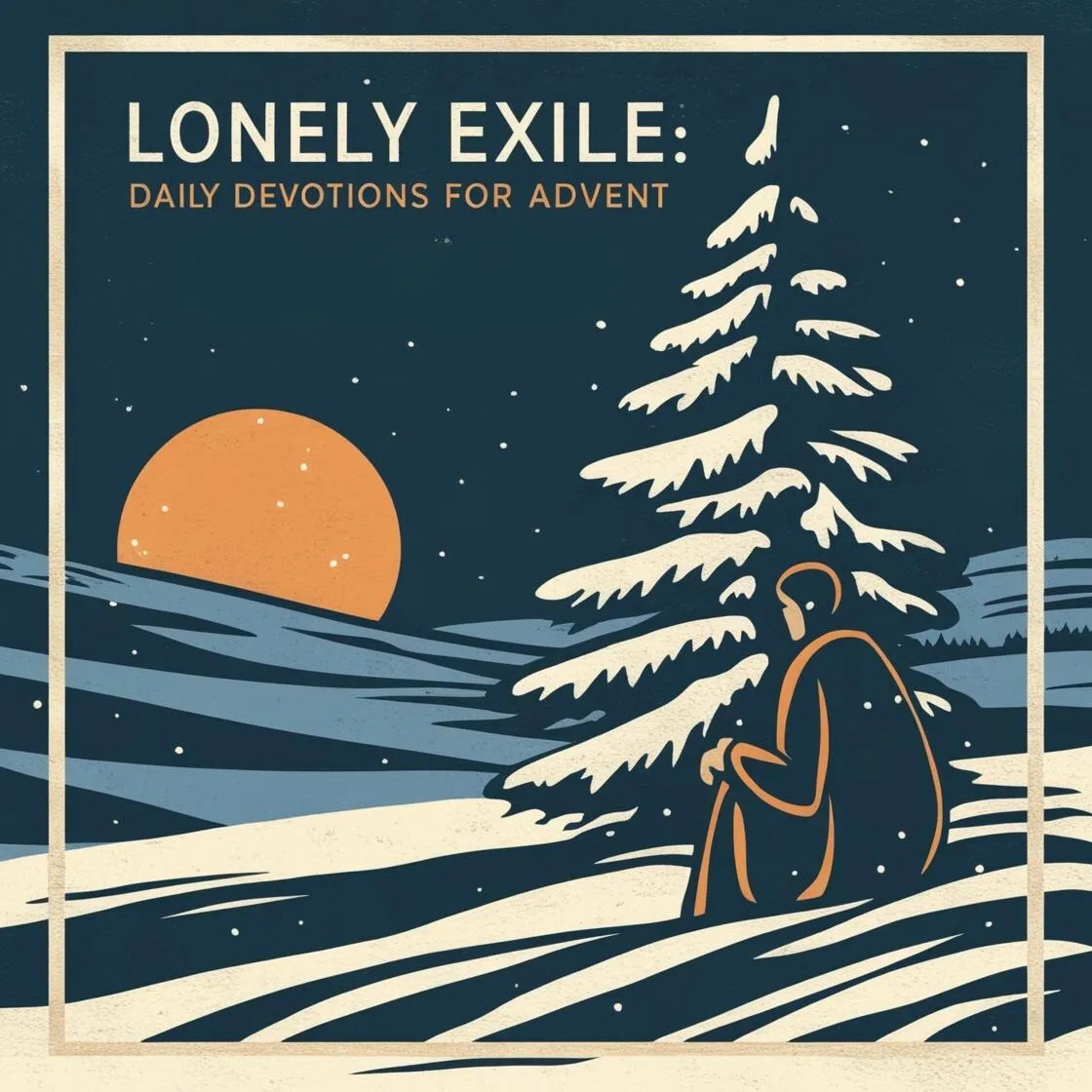Lonely Exile: A Daily Advent Devotional
Part Thirteen: What About the Star?
“Where is the child who has been born king of the Jews? For we observed his star in the east and have come to pay him homage.”
- The Magi, Matthew 2:2, NRSVue
Earlier this week we looked at the likely inspiration for Matthew’s story of the Magi who come to honor the Christ-child. As we saw, Isaiah 60 is quite possibly the passage that sparked his imagination for these non-Jewish travelers who came bearing gifts. But what about the star?
I can remember being a small child and scanning the night sky on Christmas, wondering if any of the stars in my view could possibly be the star that led the Magi to the home of the Holy Family. As far back as the thirteenth century astronomers have tried to make sense of this phenomenon reported by the Magi. We know stars don’t move across the sky in the way this story depicts, so to what could this be referring? It’s been suggested that, perhaps, it was a comet or a super nova. Others have posited that it is a reference to a great conjunction of planets that would have given off a bright light in the night sky. There is a more likely explanation, however: It came not from the sky, but from Scripture.
There are two specific texts that likely lie beneath the “Star of Bethlehem.” The first, Isaiah 60:3, says, “Nations shall come to your light and kings to the brightness of your dawn.” From there it was a short trip for Matthew to the Magi following a star. The second passage comes from Numbers 24, and it part of that strange story of Balaam and his talking donkey. Balaam had been commissioned by Balak, the king of Moab, one of Israel’s most despised enemies, to curse Israel. In the end, Balaam ended up prophesying several oracles of blessing on Israel:
I see him but not now;
I behold him but not near—
a star shall come out of Jacob,
and a scepter shall rise out of Israel;
it shall crush the foreheads of Moab
and the heads of all the Shethites.
Numbers 24:17, NRSVue
According to Balaam, someday a leader would emerge from Jacob (another name for Israel), and the image he used to symbolize that leader who would crush Israel’s enemies were that of a star and scepter. This symbol would eventually took on messianic significance. In fact, this imagery was central to the Second Jewish Revolt against Rome that began in 132 CE. The leader of the resistance was named Simon, but he was given the name Bar Kokhba by a Rabbi named Akiva, who proclaimed him to be the Messiah. Bar Kokhba means “Son of the Star,” a reference to this prophesy in Numbers 24.
So, for Matthew, the “Star of Bethlehem” is far more significant than just a early form of GPS. It was a symbol of Jesus as the messiah, drawing the Nations to the God of Israel, just as the prophets imagined.1 However, this was supposed to happen in tandem with God destroying Israel’s enemies, like Moab. That’s where Jesus doesn’t fit the mold. Matthew spends the rest of his Gospel presenting Jesus as a Messiah who loves his enemies and experiences compassion for them. He doesn’t crush them, he feeds them. He doesn’t wound them, he heals them. He doesn’t seek to subjugate them, but offers the possibility of real liberation. The experience of Jesus—especially his unexpected (by them) death— caused many of his followers to reimagine what being the Messiah actually meant. The “Star of Bethlehem” is a hint, a clue, very early in the story that invites us to see Jesus as a different kind of messianic figure. Much to the chagrin of some Christians throughout history (and even today), like Christian Nationalists, Jesus was not a warrior who slaughtered his enemies, but a compassionate healer who sought to bring a new world into being, right in the midst of the old.
That is the work to which Advent calls us, too.
Questions for Reflection:
What are some of the implications of this “star” symbolism for Matthew’s story of Jesus?
Why might some Christians gravitate toward images of Jesus as a warrior? What would Matthew say to them?
This idea of the Nations eventually coming to Zion to worship the God of Israel is found in several places in the Hebrew prophets. Isaiah 25 is an example of such a vision.



Thank you for these devotionals. They are the first thing I read. They need to be in a book. I have not deleted after reading which I do with most everything else.
So much of my own meditation has led me to the conclusion that so much emphasis on “Christ” (the King) was promoted as leverage to compel “Believers” to live according to the desires and ideas of their earthly kings who, with the cooperation of early church rulers made Jesus into a fellow potentate. The lowly and humble were robbed of their divine guide.
Jesus lived and taught in such a way that the marginalized and poor, slaves and cannon fodder of Empires and later Kingdoms, began to learn about the power and efficacy of Unconditional Love.